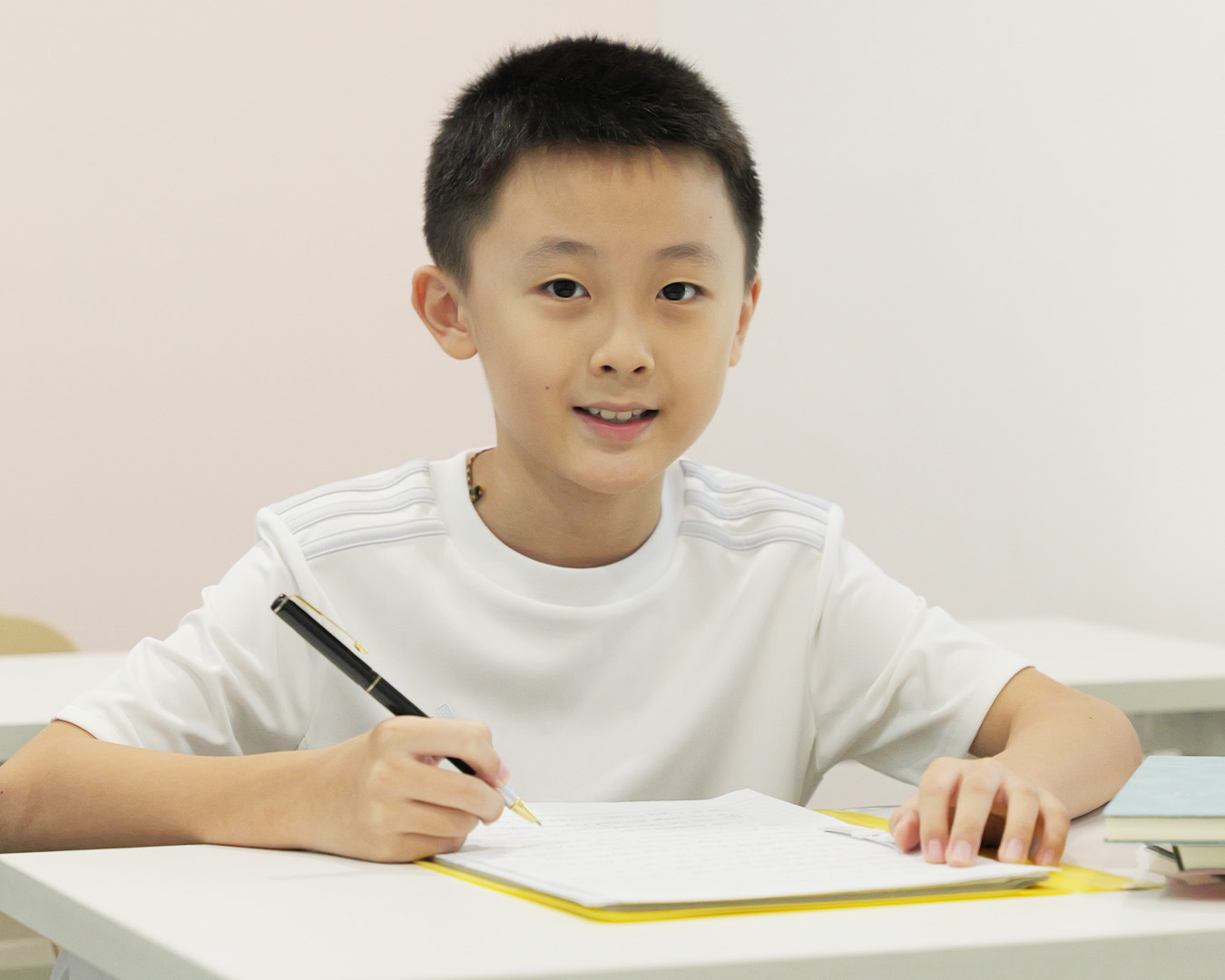
27 January 2023
3 Best types of Story Endings for Creative Writing
Most people enjoy a good book and acknowledge the benefits reading brings. However, as with most things, it all comes to an end. After finishing the gist of the story, readers will reach the final destination of the book: The Ending.
The ending of a story will dictate the reader’s final view of the carefully handcrafted writing that they have read. Gaining the reader’s satisfaction requires a good ending, leaving the reader satisfied and a remembrance of the writing that you’ve done. Now comes the hard part: How does one create such a piece of writing?
There are many different tools writers can utilise to finalise their writing. Here at Writers Studio, we believe that the following ending format can help improve your English writing capabilities and enhance the quality of your creative writing.
Ending Format #1: Ending the story with an epilogue; the expanded ending

Using this format, you will have an ending, as well as a second ending which can provide a glimpse into your character’s future. Such an ending usually involves a time skip of several years or even decades, or a change in the character the story focuses on. Such an ending offers the reader insight into matters that may not be possible within the premise of the writing and leave the readers wanting more, helping to tie into a sequel or give additional satisfaction to the readers. It can also help change the thoughts that the reader may have about certain characters in the story, or give them a better understanding.
Ending Format #2: Ending the story in a neat and tidy way; the resolved ending

This format showcases an ending where all loose ties are addressed. This ending is the most commonly used ending amongst authors who work on classic novels, storybooks or fairy tales without spinoffs. Such a conclusion isn’t necessarily a happy ending, and may result in the tragic death of the main character or those surrounding him/her. As long as it brings the book to a proper closure, it fits the genre of a resolved ending.

Ending Format #3: Ending the story in an unclear way; the ambiguous ending
Lastly, this format showcases a story where the ending is left to the reader’s interpretation. This ending, if executed properly, may perform better than even the author’s expectations. This sort of ending leaves room for speculation, and among all the endings, it engages readers the most. The reader has to form their conclusions which may differ from the other readers of the same text. This can often lead to literary analysis and debates among the different readers.
If you are keen to get better at writing a good ending, you may want to consider https://www.writerstudio.com.sg/course/creative-writing/, Writers Studio School of English. At Writers Studio, we understand the importance of cultivating an interest in writing among our students. Along with Ms Goh, our tutors strive to make our lessons as engaging as possible so that our students can learn the joy of creative writing and are encouraged to develop a consistent writing habit. We also provide students with worksheets focused around improving their vocabulary, grammar and writing capabilities, tailored to fit all students that attend our classes. If you are interested in enrolling your child in our programmes, do not hesitate to contact us today to find out more!
This set of tips is contributed by Aloysius Chng, a top O-Level graduate from Writers Studio School of English. He took the Stardream course which helped him attain an A1 in the 2022 O-Levels. Aloysius has developed a strong passion for writing during his studies here at Writers Studio. He is now paving the way for young writers to follow the trail that he has blazed.




